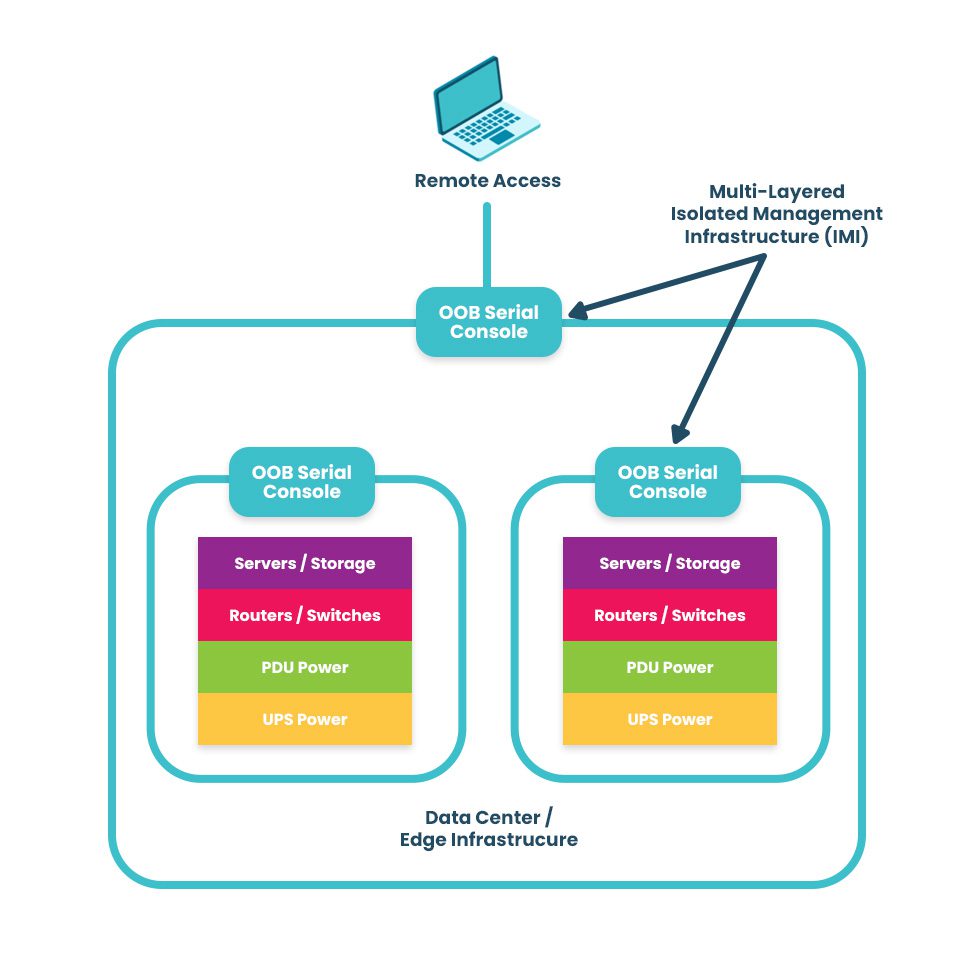OOB Management Analyst Report
Organizations of all sizes and across all industries are using digital services to improve productivity and stay competitive in the market. A greater reliance on cloud and edge technologies for core business operations means that any service disruption can significantly impact revenue, with a recent Uptime Institute survey finding more than two-thirds of outages cost at least $100,000. While the causes of outages vary, the advice for preventing them is always the same: companies must invest more in network resilience.
Resilience is the ability of a business to continue core operations – if in a degraded fashion – when service-disrupting incidents occur. One of the foundational technologies for a resilient enterprise network is out-of-band (OOB) management. This OOB management analyst report defines out-of-band technology and discusses the benefits and limitations, recent innovations in the industry, and tips for ensuring maximum resilience.
OOB management analyst report
Table of Contents
What is OOB management?
An out-of-band (OOB) network is an entirely separate and isolated network that runs parallel to the production network. Using the OOB network to manage the production (a.k.a. in-band) network is known as OOB management. While some organizations use duplicate infrastructure solutions to create their OOB network, using an out-of-band serial console is far more efficient and secure, directly connecting to production infrastructure via managed ports. OOB serial consoles (a.k.a. console servers, terminal servers, serial console routers, and serial console switches) have their own dedicated network interfaces so organizations can use a secondary Internet connection (such as 4G/5G cellular) to remotely access the OOB network even if the primary WAN, ISP, or LAN goes down.
Learn more about OOB management by reading Out-of-Band Management: What It Is and Why You Need It.
The benefits of OOB management
Using OOB serial consoles to manage the production network improves resilience in several key ways.
How OOB serial console management improves network resilience |
|
| Faster Recovery | OOB management provides an alternative path to critical remote infrastructure even if WAN or LAN services are unavailable so that teams can recover failed systems faster and more cost-effectively. |
| Improved Performance | OOB management brings resource-intensive orchestration workflows off the production network so teams can deploy automation tasks while maintaining optimal speed and reliability on the in-band network. |
| Reduced Attack Surface | OOB management is part of an isolated management infrastructure (IMI), which prevents cybercriminals from accessing management interfaces even if they’ve breached the production network. |
| Ransomware Resilience | The OOB network’s IMI lets teams create an isolated recovery environment (IRE), where they can rebuild and recover from ransomware attacks without the risk of malware reinfecting systems, reducing the duration and expense of ransomware-related downtime. |
Using OOB for your isolated management infrastructure
Ransomware is one of the biggest threats to business resilience, both in terms of how frequently attacks occur and how long it takes for businesses to recover their critical operations. The malware used in a ransomware attack is especially tenacious and frequently reinfects data backups and recovered systems, so companies may continue experiencing service interruptions long after the initial attack. An IMI using out-of-band console servers provides an isolated recovery environment (IRE) where teams can safely rebuild systems and restore data and applications without risking reinfection, significantly shortening the length of outages and reducing the financial consequences of attacks.
For more information about how an OOB IMI improves network resilience, read The Biggest Ransomware Attack You Haven’t Heard of…Yet.

The limitations of traditional serial console OOB management
The first generation of serial consoles provided very basic OOB management, typically only for a specific vendor’s equipment and without any security or automation features. Most OOB solutions on the market now are second-generation, or Gen 2, so they offer management functionality for third-party devices, support advanced authentication methods like AD/LDAP and RADIUS, and include some built-in automation.
However, Gen 2 devices aren’t vendor-neutral, creating some frustrating limitations.
- Second-generation serial consoles often require expensive adapters or complicated configuration tweaks to manage legacy, mixed-vendor devices, which increases both the cost and complexity of out-of-band IMI deployments. Some traditional serial consoles don’t provide legacy support at all, so companies must choose between a costly system upgrade or a fragmented management infrastructure.
- Many Gen 2 console servers don’t support integrations with third-party Zero Trust solutions for authentications and identity management, making it impossible to defend the OOB network adequately. Other console servers force you to use their chosen Zero Trust vendor, giving administrators more security solutions to manage and fracturing the security architecture.
- 2nd-gen serial consoles lock teams into using their chosen automation scripting languages and integrations rather than allowing them to work with existing technologies they’re already familiar with. Many 2nd-gen solutions only support automation features like zero-touch provisioning (ZTP) for devices from the same vendor, or from a list of approved vendors. These limitations create more technical debt and prevent organizations from fully automating their network operations.
To handle the growing resilience requirements of modern businesses, serial consoles need to evolve to overcome these limitations by becoming truly vendor-neutral.
What is a Gen 3 out-of-band serial console?
A third-generation, or Gen 3, out-of-band solution supports many kinds of management interfaces to ensure they can manage any legacy solutions or proprietary third-party hardware. It also runs an open, Linux-based operating system (OS) capable of hosting third-party software solutions as virtual machines (VMs) or containers. Both the physical serial consoles and the Gen 3 management software also support integrations with all leading Zero Trust providers. These characteristics make it possible for Gen 3 serial consoles’ out-of-band management to overcome the limitations of traditional solutions in the following ways.
- Third-generation serial consoles eliminate the need for costly adapters or dedicated legacy management solutions, providing a unified platform to simplify OOB network management while ensuring 360-degree visibility and control.
- Gen 3 console servers allow you to defend your management interfaces with the same Zero Trust solutions you use on the production network, streamlining the security architecture and reducing the attack surface.
- 3rd-gen serial consoles allow teams to use the scripting languages and automation solutions they’re already comfortable with rather than forcing them to learn entirely new paradigms. They also extend automation to all the devices they control, including legacy and mixed-vendor hardware, and integrate with third-party orchestration platforms. A Gen 3 serial console both reduces an organization’s technical debt and enables end-to-end network automation at the same time.
Gen 3 OOB management improves network resilience even more than traditional out-of-band solutions because it significantly reduces IMI management complexity, making it easier for teams to monitor, optimize, and secure critical infrastructure and services. Additionally, Gen 3 OOB enables an extremely high degree of automation, which helps to mitigate the risk of outages caused by human error. Gen 3 out-of-band streamlines operations and improves resilience for any deployment type or size, such as hyperscale data centers, branch offices, remote industrial sites, and distribution centers.
Despite the obvious need for third-generation OOB serial consoles, there’s only one true Gen 3 out-of-band solution – the Nodegrid platform from ZPE Systems.
Want to see how a Gen 3 out-of-band management solution compares to the features and capabilities of second-generation serial consoles? Read our comparison of the Best Out-of-Band Management Devices.
Nodegrid OOB management solutions
Nodegrid out-of-band management solutions from ZPE Systems provide Gen 3 control, security, automation, and resilience using a completely vendor-neutral platform. Nodegrid serial consoles and integrated network edge routers support a large variety of management interfaces so they can dig their hooks into all parts of your infrastructure. Deploying a multi-layered IMI using Nodegrid OOB allows you to defend your management interfaces with leading Zero Trust security integrations and robust hardware security features like an encrypted solid-state disk.
Nodegrid’s other Gen 3 features and capabilities include:
- Choice of 5G/4G LTE, Wi-Fi, POTS, or fiber for OOB and network failover
- X86 Intel processor can run Docker containers, VM apps, and automation
- SAML 2.0 and two-factor authentication (2FA)
- Support for third-party automation tools like Chef, Python, RedHat Ansible, and more
Nodegrid can directly host your choice of infrastructure automation solutions and extend that automated control to every managed device on your network. Nodegrid boxes can host other kinds of third-party vendor solutions as well, including troubleshooting tools, SASE, DevOps, and more, giving teams access to everything they need from within the IMI environment. Nodegrid’s flexibility makes it the perfect choice for any deployment type or use case, whether you need OOB remote access to branch sites or a vendor-neutral platform to host apps and run workloads at the edge.
Nodegrid OOB serial console comparison
| Nodegrid Serial Console S Series | Nodegrid Serial Console Plus (NSCP) | |
| Guest OS | 1 | 1 |
| Docker Apps | 1-2 | 1-2 |
| Wi-Fi | No | Yes |
| Cellular (Dual-SIM) | 1 | 1 |
| Serial Ports | 16, 32, or 48 | 16, 32, 48, or 96 |
| Data Sheet | Download | Download |
Nodegrid OOB network edge router comparison
| Nodegrid Link SR | Nodegrid Bold SR | Nodegrid Hive SR | Nodegrid Gate SR | Nodegrid Net SR | Nodegrid Mini SR | |
| Guest OS | 1 | 1 | 1-2 | 1-3 | 1-6 | 1 |
| Docker Apps | 1-2 | 1-2 | 1-3 | 1-4 | 1-4 | 1-2 |
| Wi-Fi | Yes | Yes | Yes | Yes | Yes | Yes |
| Cellular (Dual-SIM) | 1 | 1-2 | 1-2 | 1-2 | 1-4 | 1 |
| Serial Ports | 1 | 8 | 8 | 8 | 16-80 | Via USB |
| Data Sheet | Download | Download | Download | Download | Download | Download |

